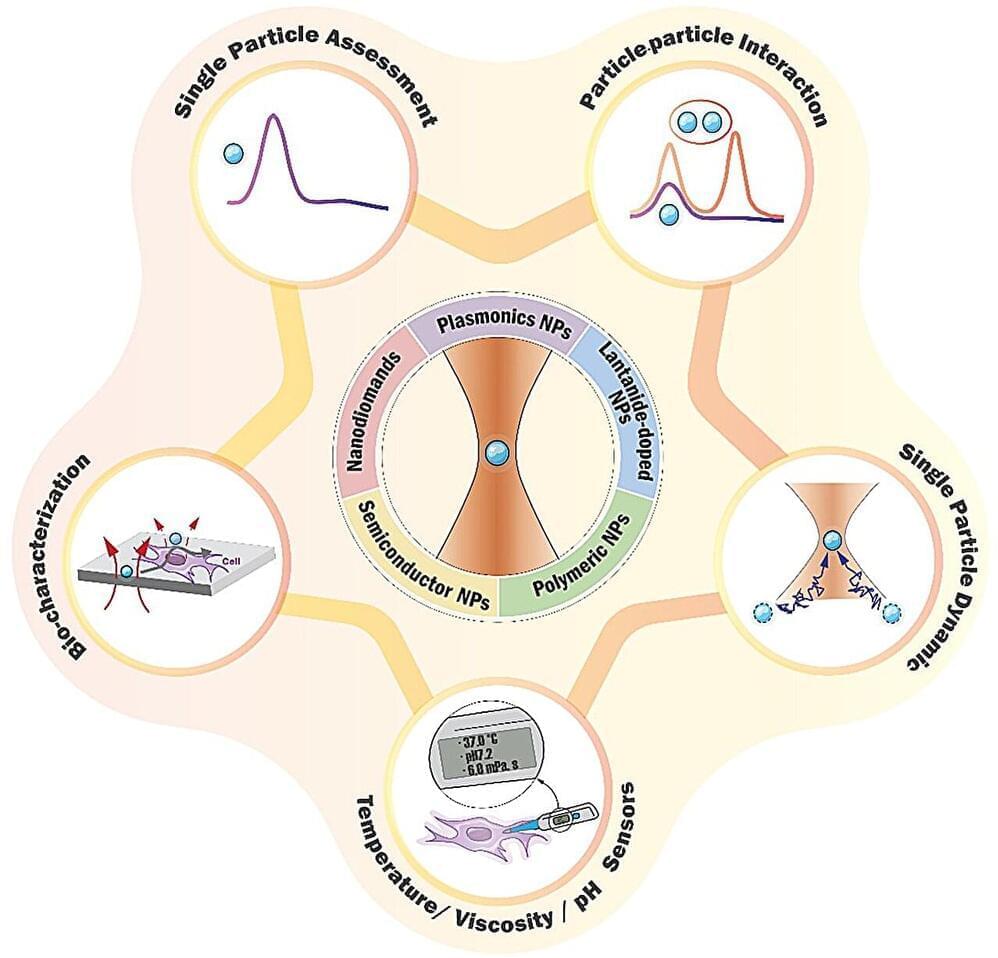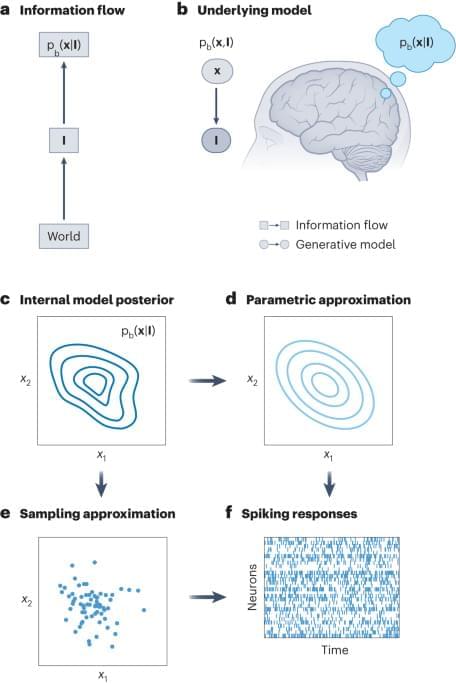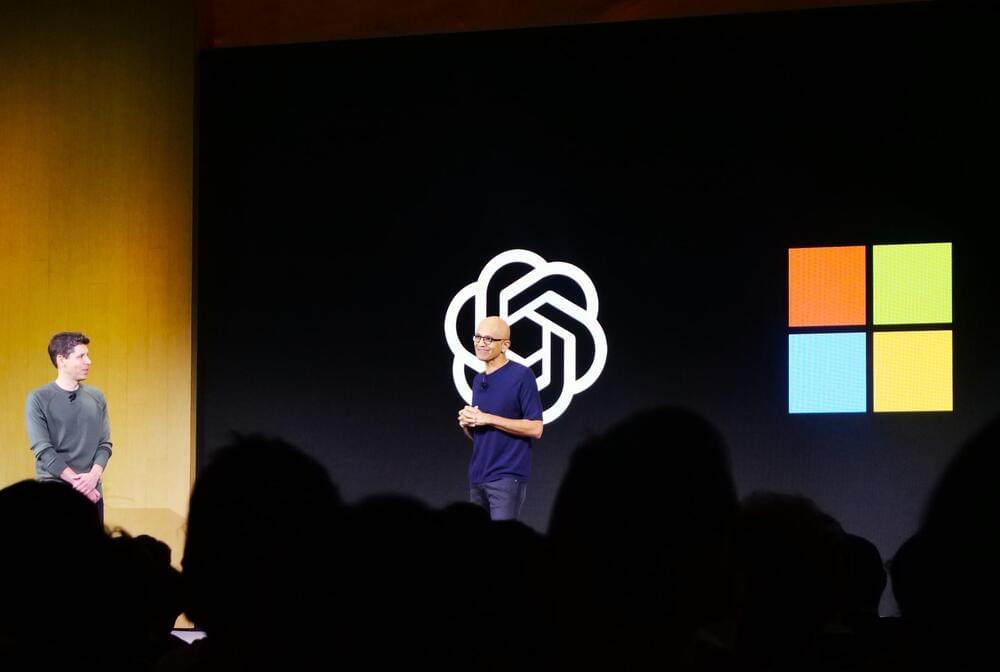The James Webb and Hubble space telescopes have combined forces to image a cluster of galaxies 4.3 billion light-years away in one of the most colorful pictures of the universe ever taken.



A new article published in Opto-Electronic Science reviews the fundamentals and applications of optically trapped optical nanoparticles. Optical nanoparticles are one of the key elements of photonics. They not only allow optical imaging of a plethora of systems (from cells to microelectronics), but also behave as highly sensitive remote sensors.
The success of optical tweezers in isolating and manipulating individual optical nanoparticles has been recently demonstrated. This has opened the door to high-resolution, single-particle scanning and sensing.
The most relevant results in the quickly growing fields of optical trapping of individual optical nanoparticles are summarized by this article. According to different materials and their optical properties, the optical nanoparticles are classified into five families: plasmonic nanoparticles, lanthanide-doped nanoparticles, polymeric nanoparticles, semiconductor nanoparticles, and nanodiamonds. For each case, the main advances and applications have been described.

Prof. Sakhrat Khizroev (University of Miami) discusses how new and advanced materials can be used for interfacing machines and the human brain!
#brain #machines #advancedmaterials

Japan’s Nippon Telegraph and Telephone Corporation (NTT) is applying its Deep Anomaly Surveillance (DeAnoS) artificial intelligence tool, originally designed for telecom networks, to predict anomalies in nuclear fusion reactors.
DeAnoS is like a detective, trying to understand which part of the equation is making things weird.
Atomic fusion reactors are at the forefront of scientific innovation, harnessing the enormous energy released by atomic nuclei fusion. This process, which is similar to the Sun’s power source, involves the union of two light atomic nuclei, which results in the development of a heavier nucleus and the release of a massive quantity of energy.


A new Mirai-based malware botnet named ‘InfectedSlurs’ has been exploiting two zero-day remote code execution (RCE) vulnerabilities to infect routers and video recorder (NVR) devices.
The malware hijacks the devices to make them part of its DDoS (distributed denial of service) swarm, presumably rented for profit.
The discovery of ‘InfectedSlurs’ comes from Akamai, who first spotted it on its honeypots in late October 2023. However, the botnet’s initial activity dates back to late 2022.

The OpenAI saga appears to be in a holding pattern, at least for the moment, as hundreds of employees threaten to leave en masse if the board doesn’t resign and reinstate Sam Altman as CEO of the artificial intelligence powerhouse.
Microsoft CEO Satya Nadella made it clear in interviews Monday that the company wouldn’t be opposed to Altman returning to OpenAI, with changes to the board, including provisions to keep Microsoft from being surprised in the manner it was on Friday, learning of Altman’s ouster minutes before the rest of the world.
“One thing, I’ll be very, very clear, is we’re never going to get back into a situation where we get surprised like this, ever again. … That’s done,” Nadella said on a joint episode of the Pivot and On with Kara Swisher podcasts.
Go to https://buyraycon.com/isaacarthur to get 20 to 50% off sitewide! Brought to you by Raycon.
In the grand theater of the cosmos, amidst a myriad of distant suns and ancient galaxies, the Fermi Paradox presents a haunting silence, where a cacophony of alien conversations should exist. Where is Everyone? Or are we alone?
Visit our Website: http://www.isaacarthur.net.
Join Nebula: https://go.nebula.tv/isaacarthur.
Support us on Patreon: https://www.patreon.com/IsaacArthur.
Support us on Subscribestar: https://www.subscribestar.com/isaac-arthur.
Facebook Group: https://www.facebook.com/groups/1583992725237264/
Reddit: https://www.reddit.com/r/IsaacArthur/
Twitter: https://twitter.com/Isaac_A_Arthur on Twitter and RT our future content.
SFIA Discord Server: https://discord.gg/53GAShE
Credits:
The Fermi Paradox Compendium of Solutions & Terms.
Episode 420; November 9, 2023
Written, Produced & Narrated by: Isaac Arthur.
Editors: Donagh Broderick.
Graphics by:
Darth Biomech.
Jeremy Jozwik.
Katie Byrne.
Ken York YD Visual.
Legiontech Studios.
Sergio Botero.
Tactical Blob.
Udo Schroeter.
Music Courtesy of:
Epidemic Sound http://epidemicsound.com/creator.
Markus Junnikkala, “Memory of Earth“
Stellardrone, “Red Giant”, “Ultra Deep Field“
Sergey Cheremisinov, “Labyrinth”, “Forgotten Stars“
Miguel Johnson, “The Explorers”, “Strange New World“
Aerium, “Fifth star of Aldebaran”, “Windmill Forests”, “Deiljocht“
Lombus, “Cosmic Soup“
Taras Harkavyi, “Alpha and…”
0:00:00 Intro.
Educating couples on attachment and teaching communication skills can significantly improve their relationship Questions to inspire discussions Why is most couples therapy ineffective? —Most couples therapy is ineffective because one partner often uses it as a way to air their frustrations and try to fix the other, leading to a miserable experience for all involved.